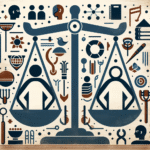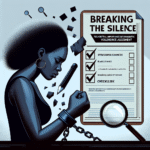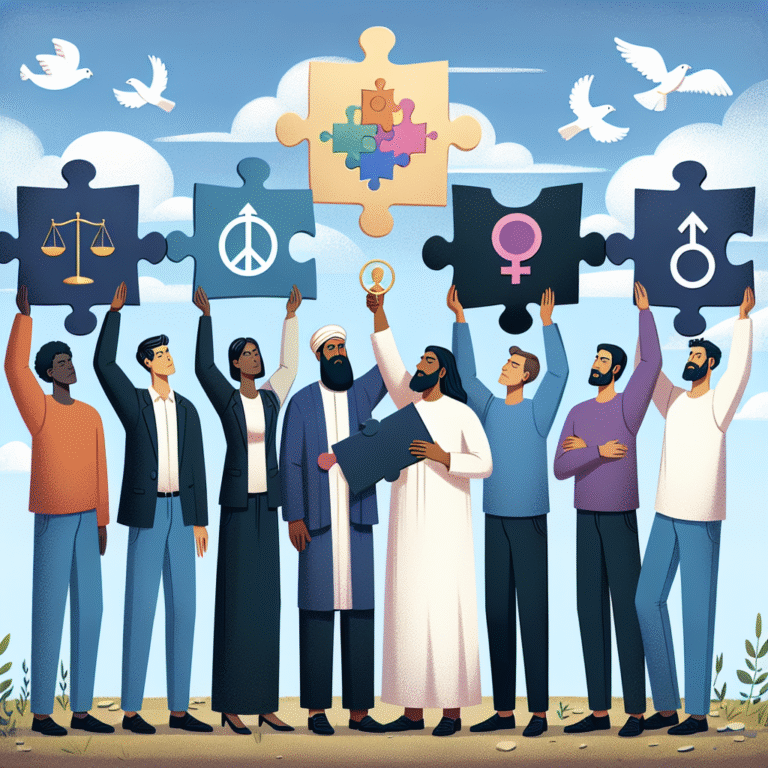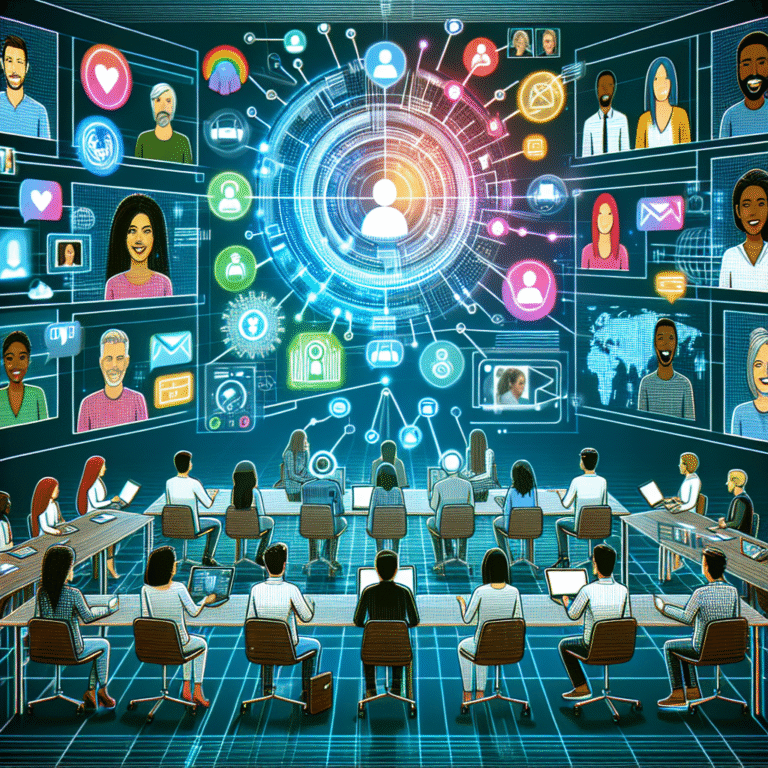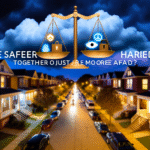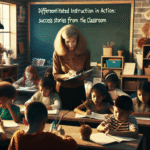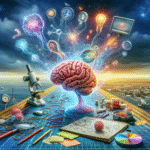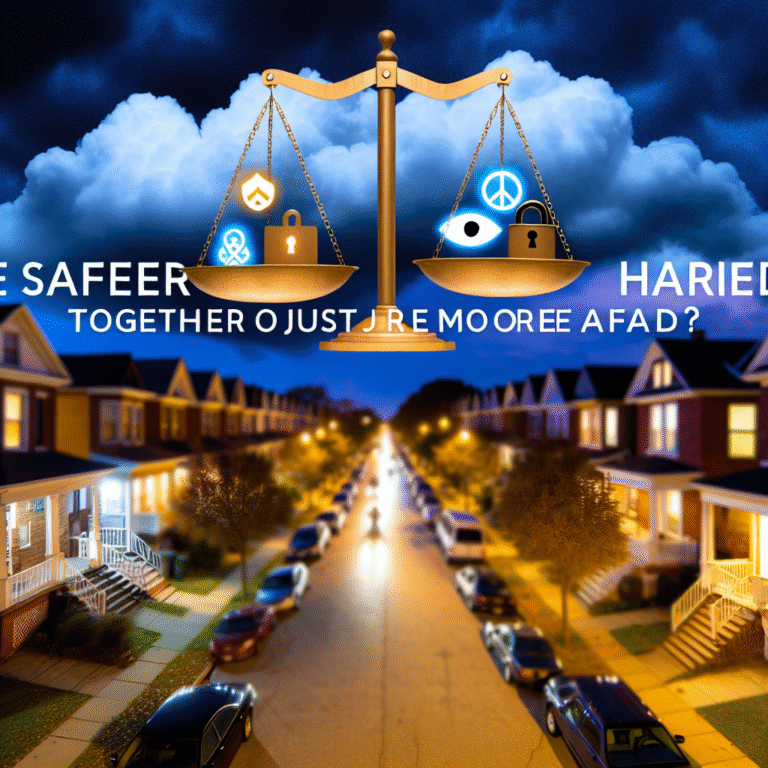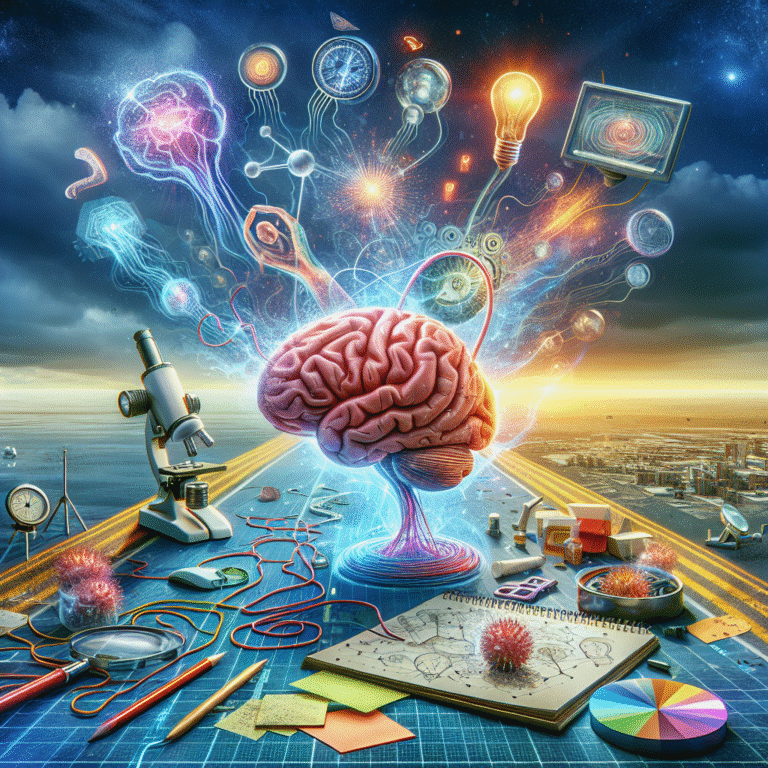
Introduction
In a world increasingly attuned to the nuances of sexual orientation, Exploring Asexuality: Understanding a Less-Recognized Sexual Orientation is both timely and essential. While much attention has been devoted to various sexual identities within the LGBTQ+ community, asexuality remains an under-discussed yet vital part of the conversation. Understanding asexuality not only enriches our comprehension of human relationships but also dismantles misconceptions that can lead to stigmatization and isolation.
With approximately 1% of the population identifying as asexual, their voices and experiences warrant a deeper examination. By diving into this often-misunderstood realm, we can foster conversations that appreciate diversity, promote inclusivity, and support those navigating their identities.
What is Asexuality?
Defining Asexuality
Asexuality is defined as a sexual orientation characterized by a lack of sexual attraction to others. This does not mean that asexual individuals do not experience romantic attraction; rather, their sexual orientation is independent of their romantic inclinations.
This distinction is crucial. Someone who identifies as asexual might still seek emotional connections or engage in romantic relationships without the underlying need for sexual intimacy.
Spectrum of Asexuality
Asexuality exists on a spectrum:
- Asexual: Lacking sexual attraction.
- Gray-Asexual: Occasionally experiencing sexual attraction but infrequently or under specific circumstances.
- Demisexual: Experiencing sexual attraction only after forming a strong emotional connection with someone.
This spectrum emphasizes the diversity of experiences and challenges the notion that sexuality is binary.
The Importance of Recognizing Asexuality
Reducing Stigma
One of the primary challenges facing asexual individuals is stigma. Many people mistakenly believe that asexuality is synonymous with celibacy or a result of trauma. By Exploring Asexuality: Understanding a Less-Recognized Sexual Orientation, we can dispel these myths and encourage respectful dialogue.
Case Study: Misconceptions in Media
Consider popular media portrayals of sexuality. Often, asexual characters are reduced to stereotypes, used as plot devices rather than fully fleshed-out individuals. This portrayal perpetuates misunderstanding and alienation. By representing a spectrum of sexualities authentically, media can play a crucial role in societal acceptance.
Real-World Implications
The Role of Community
A robust community can provide vital support for asexual individuals. Online forums, social networks, and local groups allow people to connect, share experiences, and find acceptance. Communities also educate others about asexuality, furthering the mission of Exploring Asexuality: Understanding a Less-Recognized Sexual Orientation.
Mental Health Matters
A common issue faced by asexual individuals is mental health. The feeling of being ‘different’ can lead to anxiety, depression, and feelings of isolation. Addressing these mental health concerns is critical, and fostering environments where people can openly discuss their asexuality can significantly improve wellness.
Case Study: Support Groups
Organizations like AVEN (Asexual Visibility and Education Network) provide platforms for support and education. Their initiatives not only help asexual individuals find community but also engage with those seeking to understand asexuality better.
Celebrating Asexuality
Positive Representation
Representation matters. Celebrating asexuality through literature, film, and art can have a profound impact on societal perceptions. Positive portrayals foster understanding and acceptance, leading to a better overall narrative around sexuality.
Case Study: Asexual Representation in Literature
Authors like Alice Oseman have taken steps to include asexual characters in their works. By depicting the complexities of asexual characters’ lives, these stories contribute significantly to Exploring Asexuality: Understanding a Less-Recognized Sexual Orientation.
Conclusion
In conclusion, exploring asexuality is not just about understanding the experiences of asexual individuals—it’s about embracing the richness of human sexuality in all its forms. As society progresses, the narrative around sexual orientations must expand, reflecting and celebrating diversity rather than confining it.
By fostering more inclusive discussions about asexuality, we can create spaces where everyone feels valued and understood. As you dive into Exploring Asexuality: Understanding a Less-Recognized Sexual Orientation, remember that every identity contributes to the tapestry of human experience, making the world a more vibrant and accepting place.
FAQs
1. What is asexuality, and how is it different from celibacy?
Asexuality is a sexual orientation where an individual does not experience sexual attraction to others. Celibacy is a choice to refrain from sexual activity, often for religious or personal reasons.
2. Can an asexual person still have romantic relationships?
Yes, many asexual individuals seek and maintain romantic relationships without sexual intimacy.
3. Is asexuality a phase or a choice?
Asexuality is not typically considered a phase; it is a valid sexual orientation like any other. For some, it may be an identity that emerges over time.
4. How can I support asexual friends or family?
Listening, respecting their identity, and educating yourself about asexuality can all contribute to a supportive environment.
5. Are there resources available for asexual individuals?
Yes, organizations such as AVEN provide valuable educational resources, community support, and advocacy for asexual individuals.
By immersing ourselves in Exploring Asexuality: Understanding a Less-Recognized Sexual Orientation, we not only educate ourselves but also contribute to a more accepting and inclusive world for all identities.

